Published with permission from LuxuryWeb.com
In the early days, the Mediterranean world was divided by the ancient Greeks into two parts: the “civilized world” of the Greek city-states and everyone else. The Greeks embraced the philosophy of “Pas mi Ellin, Varvaros,” meaning “Whoever is not Greek is a barbarian.” This division was both cultural and linguistic, setting the stage for the Greek world to regard itself as superior to others.
Today, we continue to celebrate the many achievements of that ancient civilization, from its mythology and philosophy to its architecture and rich cultural heritage.
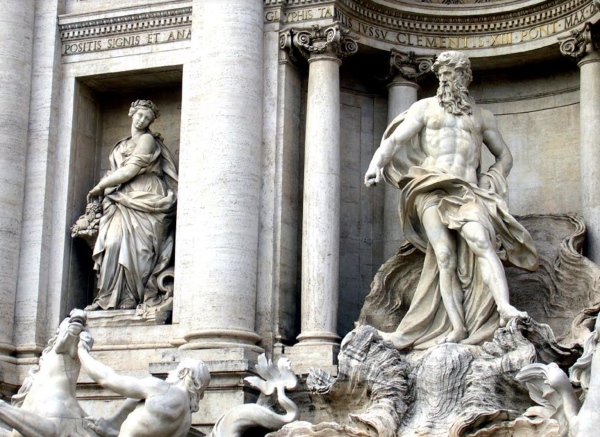
Later, Rome became a part of this “civilized” world, primarily through cultural assimilation. The Roman Empire adopted Greek culture, spreading its philosophy and incorporating the Olympian Dodecatheon (the twelve gods of Greek mythology) into their own Roman pantheon.
Though the Romans retained their language, they became culturally Hellenized, changing the names of Greek gods to Roman ones but keeping their attributes. The gateway to this “civilized” status for other societies became the use of Greek or Roman language, philosophy, architecture, and sometimes religion.
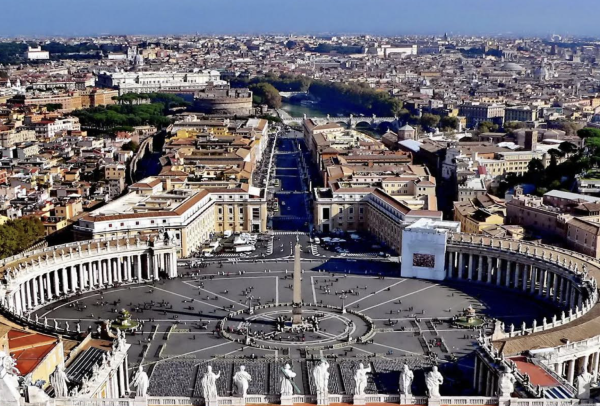
Success
You are now signed up for our newsletter
Success
Check your email to complete sign up
By the Middle Ages and the Renaissance, religion had taken a dominant role in defining civilization. Christianity, particularly Roman Catholicism, became a key criterion for exclusion. This period saw the rise of the Crusades and the Catholic Holy Inquisition, where those who did not conform to Catholic theology were persecuted, enslaved, tortured, or even executed.
RELATED: Discovering the Hidden Luxury of Gamirasu: A Unique Stay in Cappadocia
One famous victim of this religious intolerance was Galileo Galilei, who in 1633 was condemned by the Inquisition for promoting the heliocentric model, which placed the sun at the center of the universe rather than the Earth, as the Church taught.
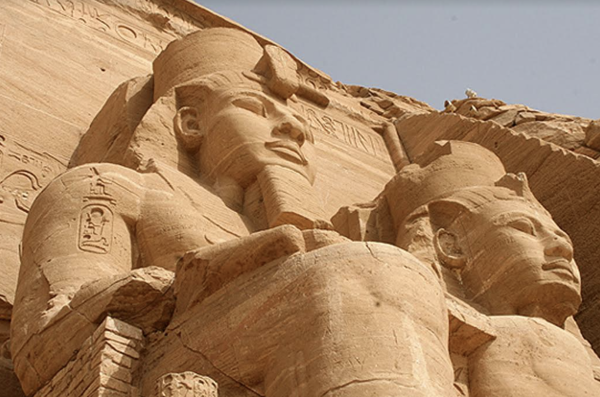
As the Age of Enlightenment dawned in the late 17th century, the world was further divided. The “civilized world” consisted of European nations and parts of the Mediterranean and Near East, while the rest of the globe — Africa, Northern Europe, the Middle East, the Far East, the Americas, and Oceania—was seen as a resource-rich prize for exploitation.
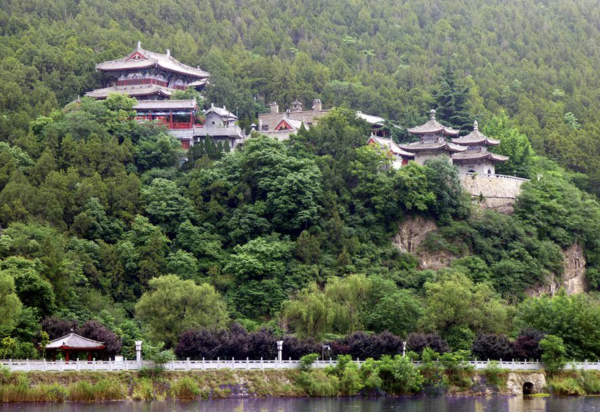
Despite the flourishing civilizations in Africa, Persia, India, China, and South America, the Europeans defined civilization through a narrow lens, primarily focused on Christianity.
This Eurocentric worldview justified the brutal colonization of Africa, the Americas, and parts of Asia. Europeans considered themselves the sole bearers of civilization, dismissing other cultures as “savages.” As a result, soldiers and missionaries were dispatched to these older, well-established civilizations under the guise of spreading Christianity, while also plundering their wealth and resources.
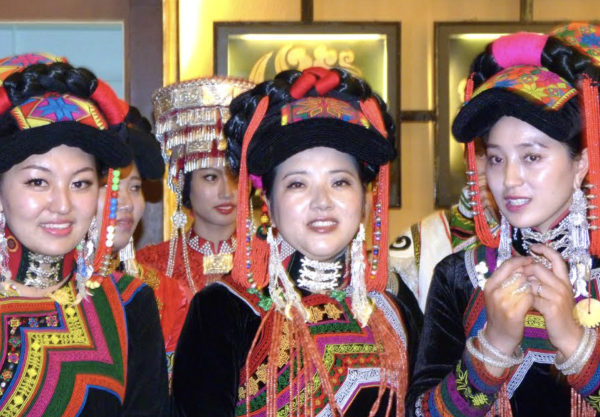
This was true even for the great cultures of Mesopotamia, North Africa, China, India, Japan, and South America, all of which had long histories and significant achievements.
Today, many European and American museums are facing growing pressure to return artifacts taken from these civilizations. Notable examples include the Elgin Marbles, which Greece has long demanded be returned from the British Museum, and the bust of Nefertiti, held at Berlin’s Neue Museum. Negotiations for the repatriation of these cultural treasures have intensified in recent years as countries continue to demand the return of their patrimony.







